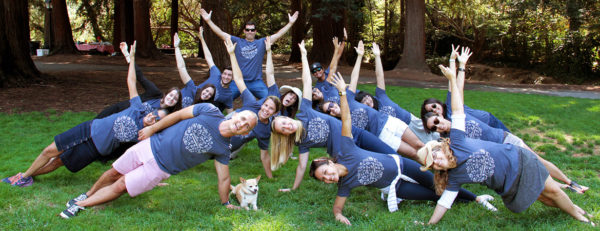How do you get meaningful, critical feedback when you’re surrounded by cheerleaders?
Whether our Contrast DesignWorks team is developing a strategic brand platform, creating headlines for a campaign, or crafting graphics to support a stream of customer communications – it’s imperative that we rely on our peers for honest feedback to constantly improve our work. There are always opportunities to be more on-brand, the messaging more succinct, or the user experience more intuitive.
Here are a couple of quick tips we use to tap into the knowledge and perspectives of our peers rather than just getting a chorus of “great work”:
Set ground rules.
If you’re in a larger team or meeting setting, some people can be intimidated to jump in with feedback, especially if it’s critical. Take on the role of meeting facilitator and start your meeting with clear ground rules for engagement to invite critiques and open dialogue. You may find it most helpful to ask your participants to hold off on all feedback until your presentation is done, or you may invite them to jump in as soon as they have an idea. Choose the approach that works best for you and your team, but either way, define the process up-front to manage expectations.
Be flexible.
Some people may not be comfortable providing feedback in the same way, or at the same time that you are. They may need more time to process their thoughts, or, they may be more comfortable providing written feedback. Be open and flexible to what works for your peers to get the insights you need.
Coach your team.
Providing meaningful feedback is a skill that needs to be developed in your team. Try to coach your team members to provide feedback from the perspective of the client or end user rather than their own personal opinions. It’s easy to jump in on a creative review and say, “I don’t like that image” or, “I don’t like orange” but it’s more important to understand if that image is on/off brand or if that color could cause contrast issues to users with accessibility issues. You can also coach your team to ask questions rather than just making statements. Asking a designer why they make a certain decision or a copywriter why they used a certain word or phrase opens a door to a conversation.
Be open to feedback.
Duh, right? Not so easy. We’ve all interacted with that person who says they are totally open to feedback and then visibly bristles with the slightest critique. Are you known as the defensive person on your team? Listen to what your peers offer and try not to feel like you have to defend your work or offer an immediate response. Simply listening, acknowledging, and then deciding later how to implement feedback creates a culture where others feel more comfortable providing feedback rather than just nodding yes to everything you share.
So, the next time you share work with your colleagues and you get either no feedback or only positive feedback, think about if it truly is as good as it can be. Think about if you’re fostering a culture of open, honest, feedback or if an attempt to be overly positive and nurturing is limiting the potential of you and your teams.


